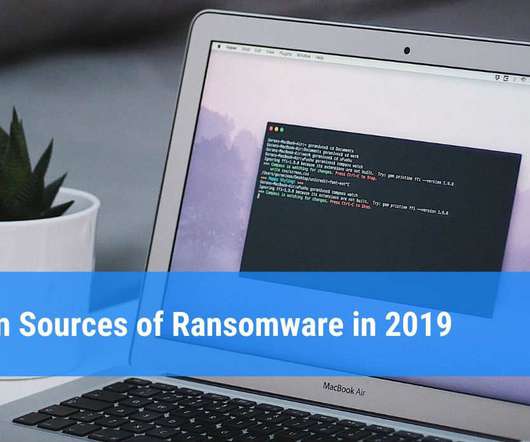What is Malware? Definition, Purpose & Common Protections
eSecurity Planet
OCTOBER 21, 2022
Easily one of the most frustrating types of malware, adware is software designed to harass users with a torrent of unwanted or malicious ads. Some signs of adware infection include: Your browser is noticeably slower than usual. To apply more pressure, the attacker might also encrypt backup files to render them inaccessible.












Let's personalize your content